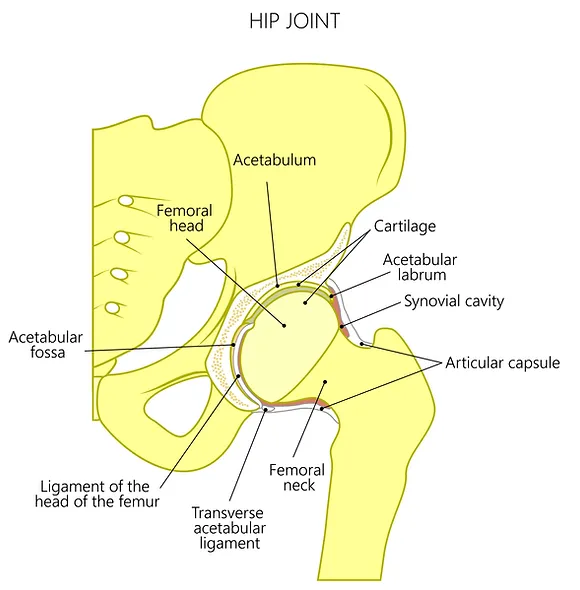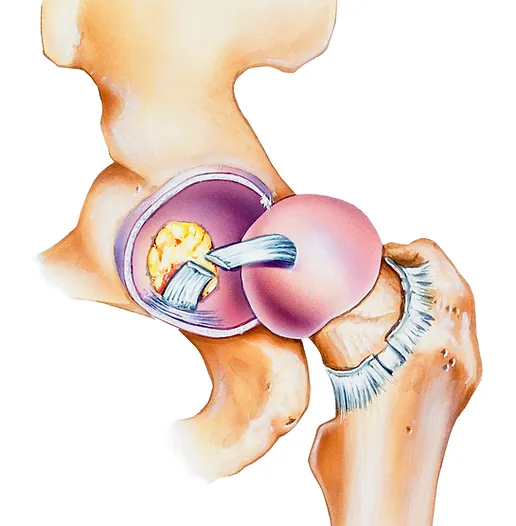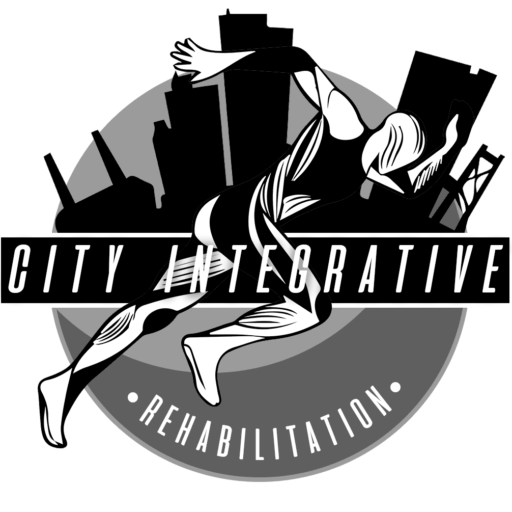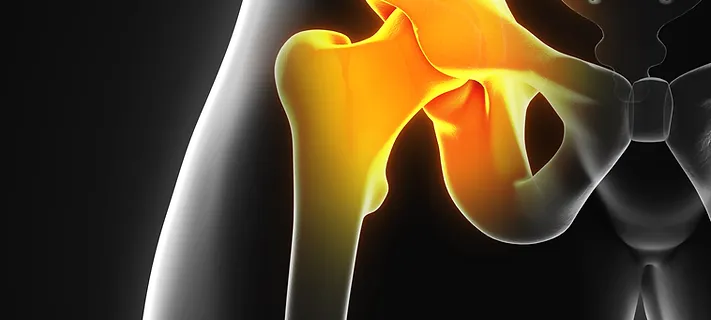The hip (femoroacetabular joint) is one of the largest, most durable, and most complex joints of the body. This ball-and-socket joint comprises of an articulation of the femur, ilium (pelvis), and a variety of other large ligaments, tendons, and muscles that keep the hip joint stable and sturdy. Unfortunately, with such a high demand for movement and common dysfunctions (joint mobility and motor control), the hip is very prone to injury in both the sedentary and active lifestyles. Hip dysfunction can be heavily involved in pain in the hip, low back, knee, and other regions of the body. Hip pain has many different origins and presentations and should always be evaluated by a medical professional.

SYMPTOMS:
Pain | Tightness/Stiffness | Numbness/Tingling | Radiation | Dull/Achy | Popping/Clicking | Fatigue | Muscle Spasm | Weakness | Burning | Loss of normal range of motion
CONDITIONS WE TREAT:
- Abnormal Posture
- Congenital Disorders
- Diastasis Recti/Core Dysfunction
- Femoral Acetabular Impingement (FAI)
- Generalized Muscle Weakness
- Groin Pain
- Hip Osteoarthritis (Arthritis)
- Iliotibial Band Syndrome (IT Band Syndrome)
- Improper GAIT
- Labral Tear
- Myofascial Pain Syndrome
- Non/Pre and Post-Surgical (Labral repair, Hip replacement, FAI release)
- Piriformis Syndrome
- Psoas Pain (Hip flexor)
- Psoas Tendinopathy
- Sacroiliac Joint Dysfunction (SI joint)
- Snapping Hip Syndrome (Coxa Saltans)
- Sports Injury
- Tendinopathy
- Trauma
- Trochanteric Bursitis (Hip)

OUR DIFFERENCE:
Hip pain has many origins and presentations and can affect a patient in many different ways. The region of pain might not be the region that is causing your current issue. Our team of doctors evaluates each patient through a detailed history and comprehensive physical exam that includes a series of dynamic and static tests, postural exam, GAIT analysis, and examination of the lower or upper extremity movement patterns that trigger your symptoms. This thorough examination will allow us to identify what is causing your pain or dysfunction and begin working on an individualized treatment plan with corrective exercises that fits your exact needs.

